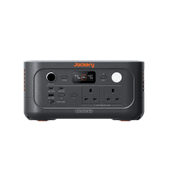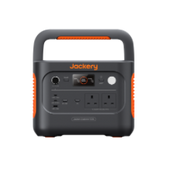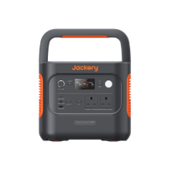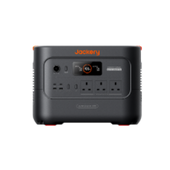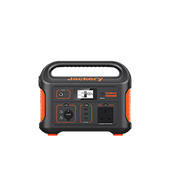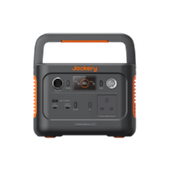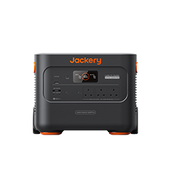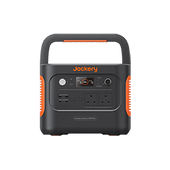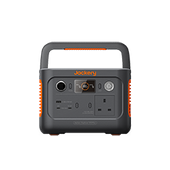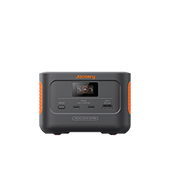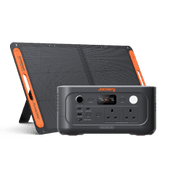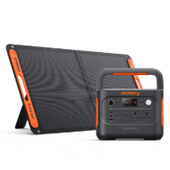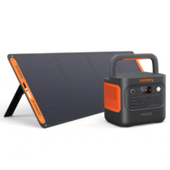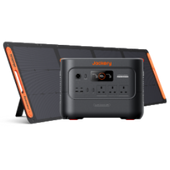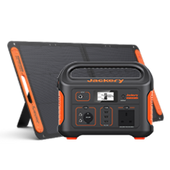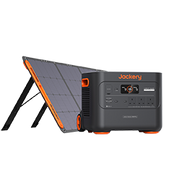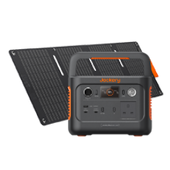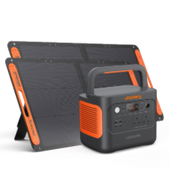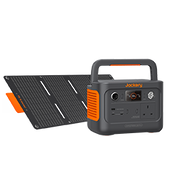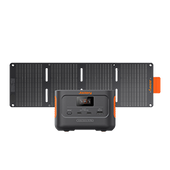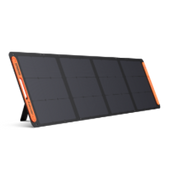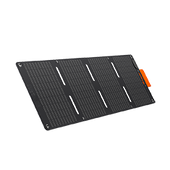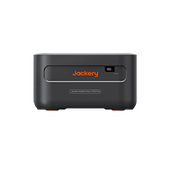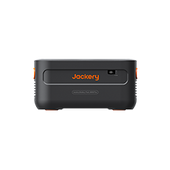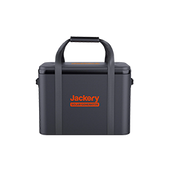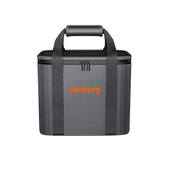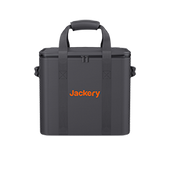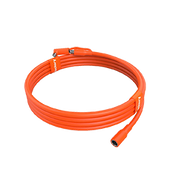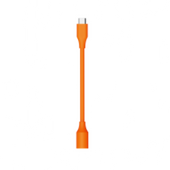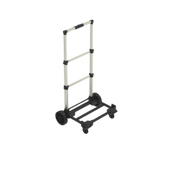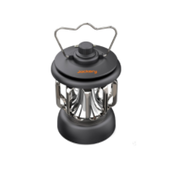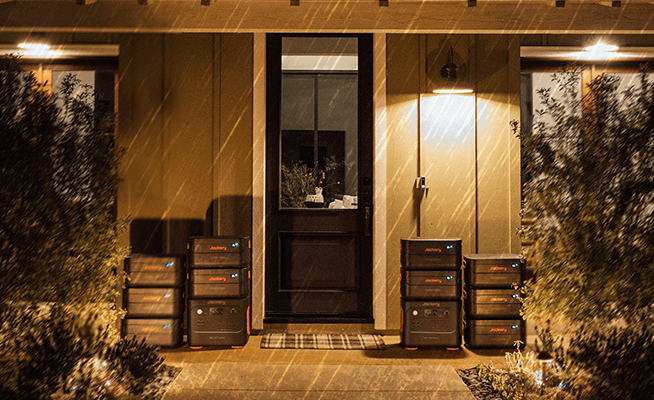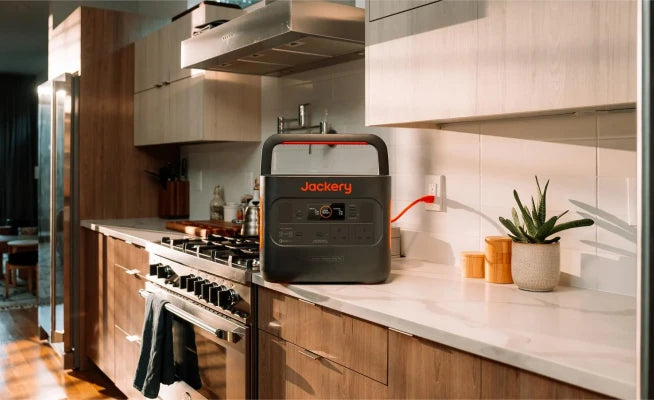Solar-Powered Electric Fence: Can Solar Generator Power The Electric Fence
Over the past decade, many homeowners have switched to solar solutions to power their devices. One unique use of solar is to charge electric fences. Homeowners wanting to reduce their overall power consumption or those who do not have a power connection near the fence choose a solar-powered electric fence.
Solar power electric fences are eco-friendly and affordable charging solutions as they do not consume electricity or use fuel. Generally, the electric fence consumes around 2-25 watts of power, depending on its size and model. You can choose Jackery Solar Generators, available in different capacities and sizes, to power any size of electric fence.
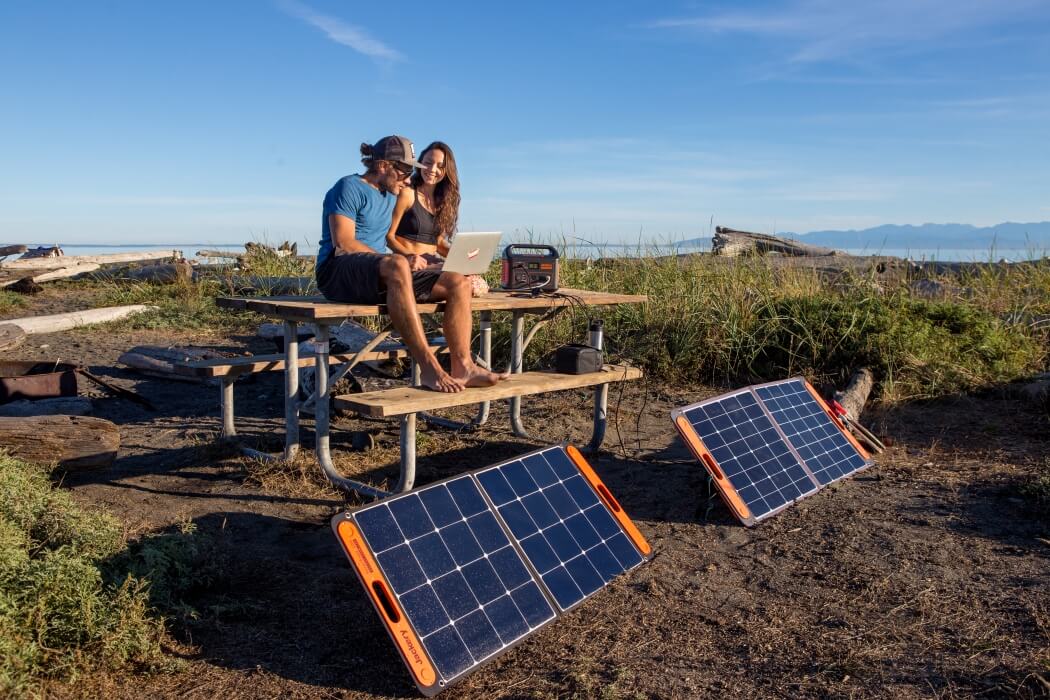
In this guide, we will reveal what a solar-powered electric fence is, how it works, and can a solar generator power it.
What Is Solar Powered Electric Fence?
A solar-powered electric fence is an environment-friendly alternative to traditional electric fences. Using an electric fence powered by solar energy, you can keep your livestock contained and crops free from animals while lowering your electricity bills.
The solar panels convert sunlight into solar energy and are connected with a solar charger that further supplies the power to the fence energizer. In addition, many solar fences feature a battery that stores electricity during the day and charges the fence through the night or when sunlight is not available.

Solar Powered Electric Fence Vs. Solar Generator For Electric Fence
The primary role of solar-powered electric fences and a solar generator for electric fences is the same — to power the electric fence. The purpose is to protect livestock, land, and pets from pests and wildlife.
While a solar-powered electric fence directly connects the fence with solar panels using a solar charger, a solar generator is a safer alternative that uses a combination of battery and solar panels to charge the device.
There are some pros and cons of both solar options. For instance, solar-powered electric fences are generally suitable for small areas where a few solar panels would be sufficient. On the other hand, a solar generator is an excellent option for larger areas where more power is required.
Below we have created a list of features, pros, and cons of both options.
|
Types |
Features |
Pros |
Cons |
|
Solar Powered Electric Fence |
Compact in size. No underground leads or buried lead-out wires are required. Adjustable solar panels. |
Quick to set up. Eco-friendly source of energy. Some electric fences come with a backup battery. Require little maintenance and are suitable for most fencing systems. |
Some solar-power electric fences are vulnerable to lightning strikes. May not produce electricity when the sunlight is low. Most solar fence chargers are not equipped with a battery. |
|
Solar Generator for Electric Fence |
Efficient solar panels convert maximum sunlight into electricity. Equipped with a battery backup that allows you to charge the appliance for long hours. Noise-free operation. |
Can efficiently work on cloudy days. Can produce enough energy to power large solar electric fences. Helps charge multiple other devices, along with a solar-power electric fence. |
Require high initial investment. |
Solar Powered Electric Fence
A solar-powered fence is an eco-friendly solution to keep home gardens or livestock safe and secure. They are highly cost-effective, especially for rural areas. As they are powered by solar energy, you don't have to worry about having a grid outage or power connection near the fence.

Pros
- Green and clean source of energy as it works on solar energy and emits no fumes.
- Free and limitless power is available, ensuring you can reduce your electricity consumption.
- Easy to install.
Cons
- Most solar-powered electric fences do not come with grounding rods.
- They do not come with a battery. Hence, they do not provide power at night or on cloudy days.
- They are less suitable for areas that receive fewer peak sunlight hours.
Solar Generator For Electric Fence
Solar generators are a safe and renewable powering solution, unlike traditional charging methods that require fuel or gas. Investing in Jackery Solar Generator 1000 Pro will help you charge multiple devices simultaneously. Stay powered even at night, during rainy weather, or on cloudy days with its fully charged portable power station.
Pros
- Solar generators are easy to use and do not require any complex installation.
- They are portable, noise-free, and low-maintenance ways to charge an electric fence.
- Pass-through charging enables you to power the appliances and the generator simultaneously.
Cons
- A few large-capacity solar generators require more power.
- Though solar generators can work under low sunlight, they will be less efficient.
How Many Watts Does An Electric Fence Use?
Watt per hour is the power the electric fence consumes in one hour during operation. Generally, the energy consumption of most electric fences ranges between 2 to 25 watts, depending on the model you are using.
If you operate a 5-watt electric fence continuously for 24 hours/day for 30 days, the power consumption will be:
Power consumption = Watts × time / 1000 = kWh.
5 watts × 24 hours per day × 30 days / 1000 = 3.6 kilowatt-hour (kWh).
How Much Does It Cost To Power An Electric Fence?
The exact cost of running an electric fence will depend on how much power the device consumes. It also depends on the cost per watt per hour in your area. For example, if you operate a 5-watt electric fence for 24 hours per day at the rate of 10 cents per kWh, the total cost would be:
Cost = [5 watts × 24 hours per day × 30 days / 1000] × 10 cents = 3.6 kWh × 10 cents = 36 cents or $0.36.
How Much Solar Power Does An Electric Fence Need?
In short, it depends. The solar power usage of an electric fence depends on the model you are using. However, it generally consumes between 2 to 25 watts of electricity, with large fences consuming more than 100 watts. You can check the wattage of your electric fence to estimate the solar power required.
For instance, if your solar-powered electric fencing uses 100 watts, a single 100 watts solar panel would be sufficient to run it. However, you won't be able to charge the electric fencing during the night, as solar panels depend on sunlight to work.

Fortunately, a solar generator for electric fencing is the ideal solution. Not only is it powerful enough to provide you with sufficient energy throughout the day, but it also features a battery that powers your electric fence at night.
| Unit (Joules) | Amp (Energizer) | Wattage (Energizer) | Wh used per day | Ah per day (Energizer) | Voltage Battery | Sunlight Hours | Amps Needed | Solar Power (watt) |
| 1J | 0.1 | 1.14 | 27.36 | 2.28 | 12 | 3.68 | 0.62 | 10 |
| 2J | 0.18 | 2.16 | 51.84 | 4.32 | 12 | 3.68 | 1.17 | 20 |
| 3J | 0.29 | 3.48 | 83.52 | 6.96 | 12 | 3.68 | 1.89 | 30 |
| 6J | 0.7 | 8.4 | 201.6 | 16.8 | 12 | 3.68 | 4.57 | 70 |
| 12J | 1.1 | 13.2 | 316.8 | 26.4 | 12 | 3.68 | 7.17 | 100 |
Jackery Solar Generator For Electric Fence

Jackery is one of the reputed and leading manufacturers of solar generators available in different sizes and battery capacities. They feature a plug-and-play button and require no installation.
All the Jackery Solar Generators have a large capacity battery, making them suitable for charging the electric fence or other high power-consuming devices. Unlike other generators, Jackery Solar Generators are compact and portable in nature.
The highly efficient solar generator can charge most home/outdoor electrical devices, making it a great companion for outdoor trips.
Homeowners having a low-power-consuming electric fence can choose Jackery Solar Generator 500, which has a battery capacity of 518Wh. On the other hand, Jackery Solar Generator 1000 Pro is suitable for charging most home and outdoor devices for long hours.
|
Series |
Capacity |
Ports |
Electric Fence Watts |
Working Hours |
|
518 Wh |
AC Output: 110VAC, 60Hz, 500W (1000W Surge) USB-A Output: 5V, 2.4A Car Output: 12V, 10A DC Output: 12V, 7A DC Input: 12V-30V (100W Max) |
1J: 10W 2J: 20W 3J: 30W 6J: 70W 12J: 100W
|
1J: 44H 2J: 22H 3J: 14H 6J: 6H 12J: 4H |
|
|
1002 Wh |
AC Output: 120V, 60Hz, 1000W (2000W Peak) USB-A Output: Quick Charge 3.0, 18W Max USB-C Output: 100W Max, (5V, 9V, 12V, 15V, 20V up to 5A) Car Output: 12V, 10A AC Input: 120V, 60Hz, 15A Max DC Input: 12V-17.5V, 8A Max, Double to 16A Max. 17.5V-60V, 11A, Double to 22A/800W Max |
1J: 10W 2J: 20W 3J: 30W 6J: 70W 12J: 100W |
1J: 85H 2J: 42H 3J: 28H 6J: 12H 12J: 8.5H |
|
|
1512 Wh |
AC Output: 120V, 60Hz, 15A, 1800W (3600W Peak) USB-A Output: Quick Charge 3.0, 18W Max USB-C Output: 100W Max, (5V, 9V, 12V, 15V, 20V up to 5A) Car Output: 12V, 10A AC Input: 120V, 60Hz, 15A Max DC Input: 11V-17.5V, 8A Max, Double to 8A Max. 17.5V-60V, 12A, Double to 24A/1400W Max |
1J: 10W 2J: 20W 3J: 30W 6J: 70W 12J: 100W |
1J: 128H 2J: 64H 3J: 42H 6J: 18H 12J: 12H |
|
|
2160 Wh |
AC Output: 120V, 60Hz, 2200W (4400W Peak) USB-A Output: Quick Charge 3.0, 18W Max USB-C Output: 100W Max, (5V, 9V, 12V, 15V, 20V up to 5A) Car Output: 12V, 10A AC Input: 120V, 60Hz, 15A Max DC Input: 11V-17.5V, 8A Max, Double to 8A Max. 17.5V-60V, 12A, Double to 24A/1400W Max |
1J: 10W 2J: 20W 3J: 30W 6J: 70W 12J: 100W |
1J: 183H 2J: 91H 3J: 61H 6J: 26H 12J: 18H |
Solar Powered Electric Fence FAQs
What size of solar generator do I need to power an electric fence?
Watt hours consumed by your appliance and the running time affect the size of the solar generator. Here is how you can calculate it.
Working Time = Capacity in Wh × 0.85 / operating wattage of your electric fencing
If your electric fence consumes around 30 watts of power, the Jackery Solar Generator 500 with a battery capacity of 518Wh can power it for:
Working Time = 518Wh × 0.85 / 30W = 14 hours.
You can even leverage the pass-through charging feature available in Jackery Solar Generator. It allows you to charge generators and power appliances simultaneously. Thus, you will never run out of power.
How to install a solar-powered electric fence?
Installing solar-powered electric fencing can be pretty simple if you know the procedure.
- Mount the solar charger.
- Set up posts around the property's perimeter.
- Run the wires all around the posts.
- Ground the wire.
- Connect wires and solar charger together.
If you feel installing a solar-powered electric fence is hard, you can always choose a solar generator. All you need to do is connect the solar panels to the power station and start charging your device.
Are there any safety considerations about electric fences that I need to make?
Yes, when you work with a high-voltage electric fence, here are a few things you should follow.
- Keep your head and upper spine away from the electrical fence.
- Never let anyone touch the electric fencing.
- Switch off the fence power before you work on it.
Final Thoughts
Solar power technology has become more reliable and affordable than ever. You can use an efficient solar generator to power your home during power outages, charge appliances during backyard camping trips, or use it as a charging solution for the electric fence bordering your property. Compared to solar-powered electric fences, homeowners prefer using a powerful charging solution like a solar generator.
Jackery Solar Generator consists of SolarSaga Solar Panels and Explorer Portable Power Station to power most home or outdoor devices. They are portable, noise-free, efficient, and affordable solar systems capable of charging electric fences for long hours. You can choose the Jackery Solar Generator depending on your power needs.
Subscribe to the Jackery newsletter and get all the latest information about our products, promotional deals, and offers in your inbox.

